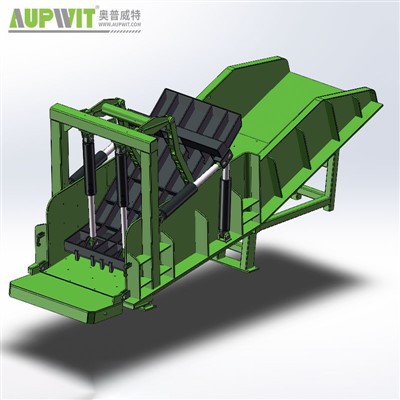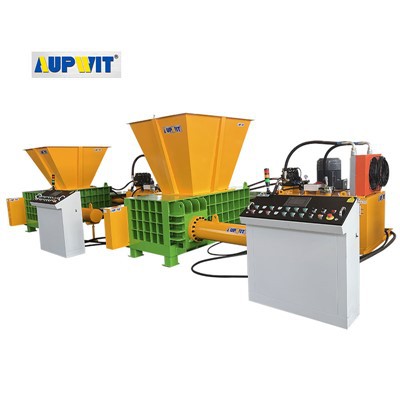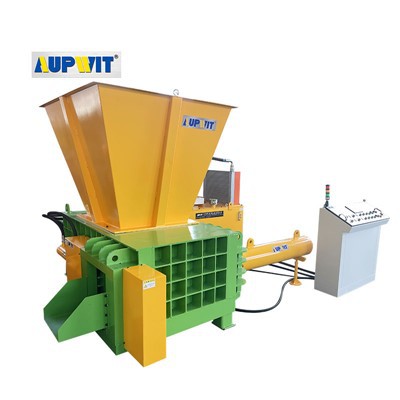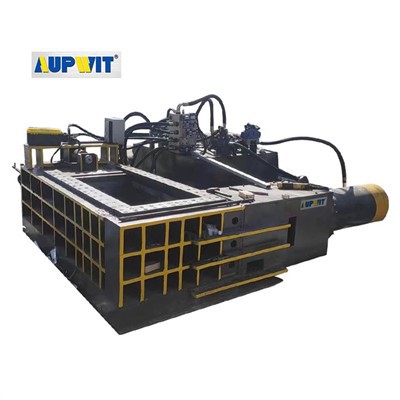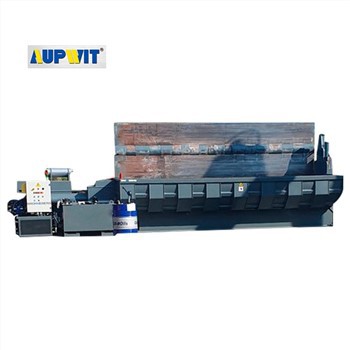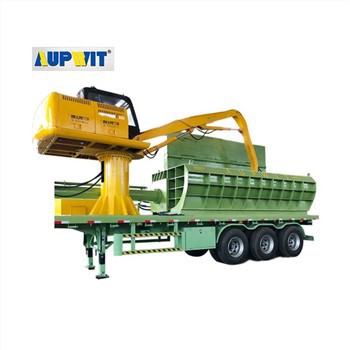Introduction
A Metal Chips Briquetting Press is a specialized machine designed to compress loose metal chips, turnings, and shavings into dense, compact briquettes. These presses are widely used in metalworking, machining, and recycling industries to reduce waste volume, improve handling, and recover valuable metals. Implementing a briquetting press enhances operational efficiency, lowers disposal costs, and supports sustainable manufacturing.
What Is a Metal Chips Briquetting Press?
A Metal Chips Briquetting Press converts scrap metal chips into small, high-density briquettes by applying high pressure without the use of binders. These briquettes can be easily stored, transported, remelted, or sold, providing a quick return on investment.
Working Principle
-
Collection – Loose metal chips from machining operations are collected.
-
Feeding – The chips are fed into the press’s hopper.
-
Compaction – A hydraulic or mechanical piston applies pressure to form briquettes.
-
Ejection – The compacted briquettes are discharged for storage or recycling.
This process reduces the volume of chips by up to 90%, minimizing storage space and handling costs.
Key Benefits
-
Volume Reduction – Save storage space and handling effort.
-
Coolant Recovery – Extract and recycle cutting fluids trapped in chips.
-
Higher Recycling Value – Briquetted metal sells at a higher price than loose chips.
-
Cleaner Working Environment – Reduce airborne dust and improve safety.
-
Energy Efficiency – Lower melting energy due to reduced surface oxidation.
Applications
-
Metalworking Shops – Steel, aluminum, brass, copper, and cast iron chip compaction.
-
Automotive & Aerospace – Recycling high-value alloys.
-
Foundries & Smelters – Feeding briquetted scrap directly into furnaces.
-
Recycling Centers – Processing mixed metal turnings for resale.
Features to Consider When Choosing a Briquetting Press
-
Pressing Force – Match to chip type and density (from 200 to 3000 kN).
-
Briquette Size – Typically ranges from 30 mm to 150 mm diameter.
-
Automation Level – Manual, semi-automatic, or fully automatic systems.
-
Material Compatibility – Steel, stainless steel, aluminum, brass, etc.
-
Coolant Handling – Integrated coolant filtration or separation system.
Installation and Maintenance
-
Proper Foundation – Ensures stable operation and vibration reduction.
-
Regular Cleaning – Prevents blockages and maintains press efficiency.
-
Hydraulic Oil Checks – Maintain proper oil levels and replace filters periodically.
-
Operator Training – Ensures safe and efficient use of the press.
Market Trends
-
Growing demand for eco-friendly metal recycling solutions.
-
Integration of IoT monitoring for real-time performance and predictive maintenance.
-
Rising interest in customizable briquetting presses for niche alloys and production scales.
Conclusion
A Metal Chips Briquetting Press is an essential investment for manufacturers and recyclers seeking to maximize scrap value, minimize waste handling, and improve sustainability. By choosing the right press model and maintaining it properly, businesses can streamline their metal recycling processes and boost profitability.


